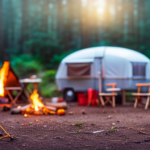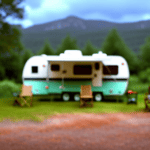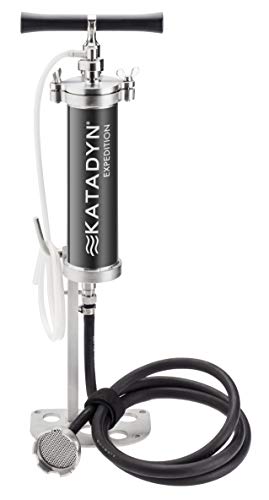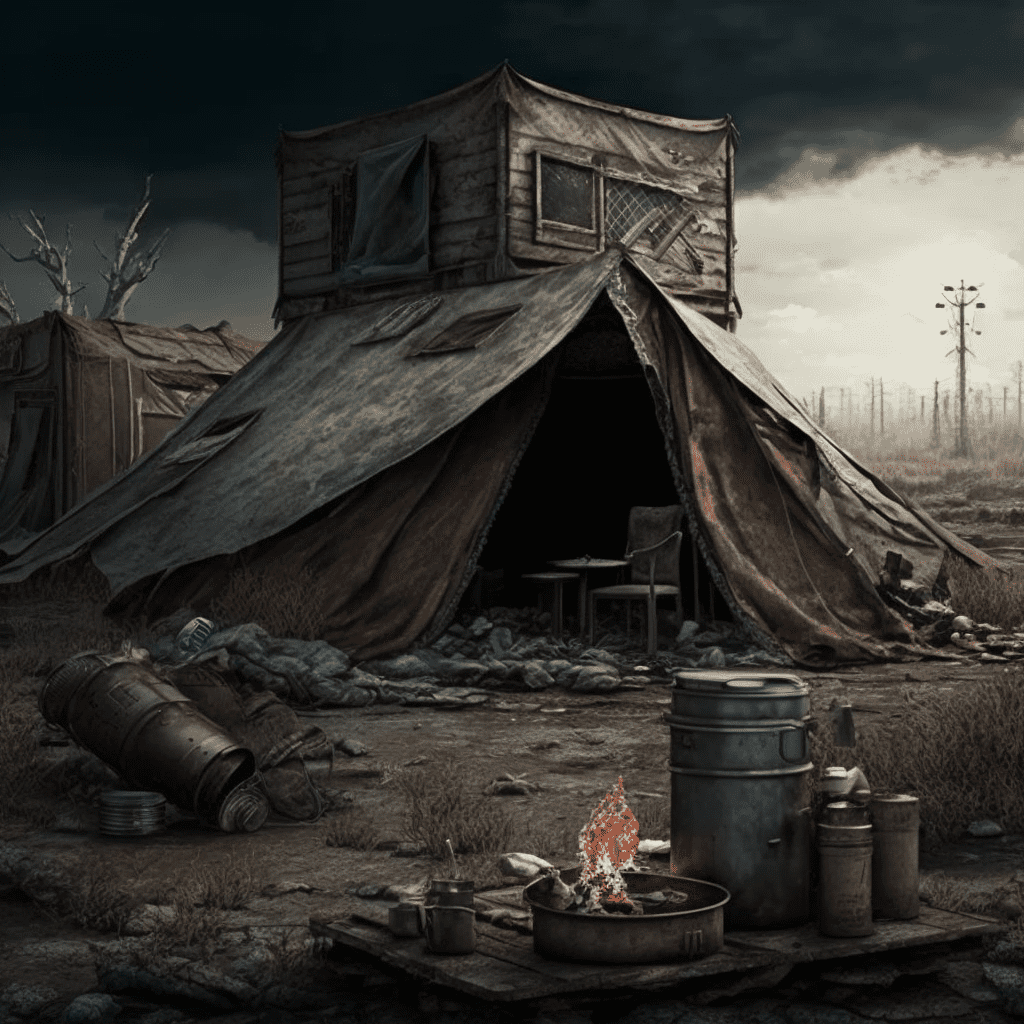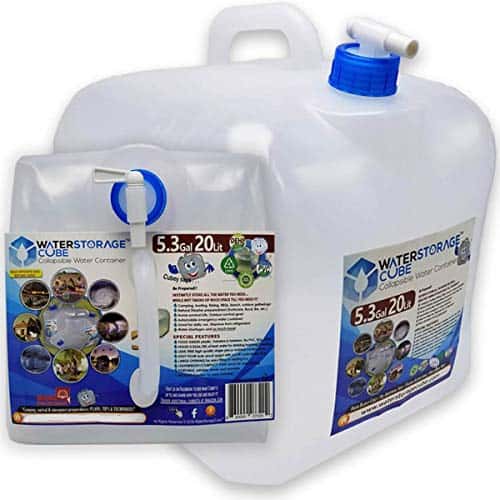Natural disasters can be scary and unpredictable. But being prepared and knowing what to do in case of a natural calamity can significantly improve your chances of survival. Understanding the types of natural disasters that are common in your area, preparing for them, and knowing how to respond appropriately can give you more peace of mind and keep you safe.
13 Natural Survival Events: How to Prepare for Them
In a society where disorder and turmoil are so prevalent, it may at times appear hard to be completely prepared for everything. One thing, and one thing only, can reliably ensure your continued existence: mother nature.
Certain natural occurrences, much like those caused by humans, are capable of being forecasted using news reports and academic studies. Yet, they are also capable of occurring suddenly and unnoticed. The natural occurrences that are necessary for survival are so predictable that you can anticipate when they will take place and be ready for them based on where you live.

Occasionally you will be alerted days or even weeks in advance so that you have sufficient time to get ready for an emergency or gather supplies. This is done so that you have adequate time to plan for the disaster. You want to make sure that you are well-prepared for any unforeseen occurrences so that you do not feel overwhelmed by panic.
You don’t have to go out and get all of the newest technology or gear.
Learning the skills and acquiring the knowledge necessary to navigate potentially hazardous natural disasters is another aspect of it.
#1 – Cold Weather Survival Events
The weather can affect everything from little discomfort to perhaps death in extreme cases. Regardless of whether you live in an area that is frequently affected by severe cold or in a region that is only occasionally affected by this kind of weather, it is imperative that you be well-prepared.
This kind of weather can result in annoyance, incapacity, and even death in certain people.
If the temperature continues to decrease, you run the risk of getting frostbite and hypothermia.
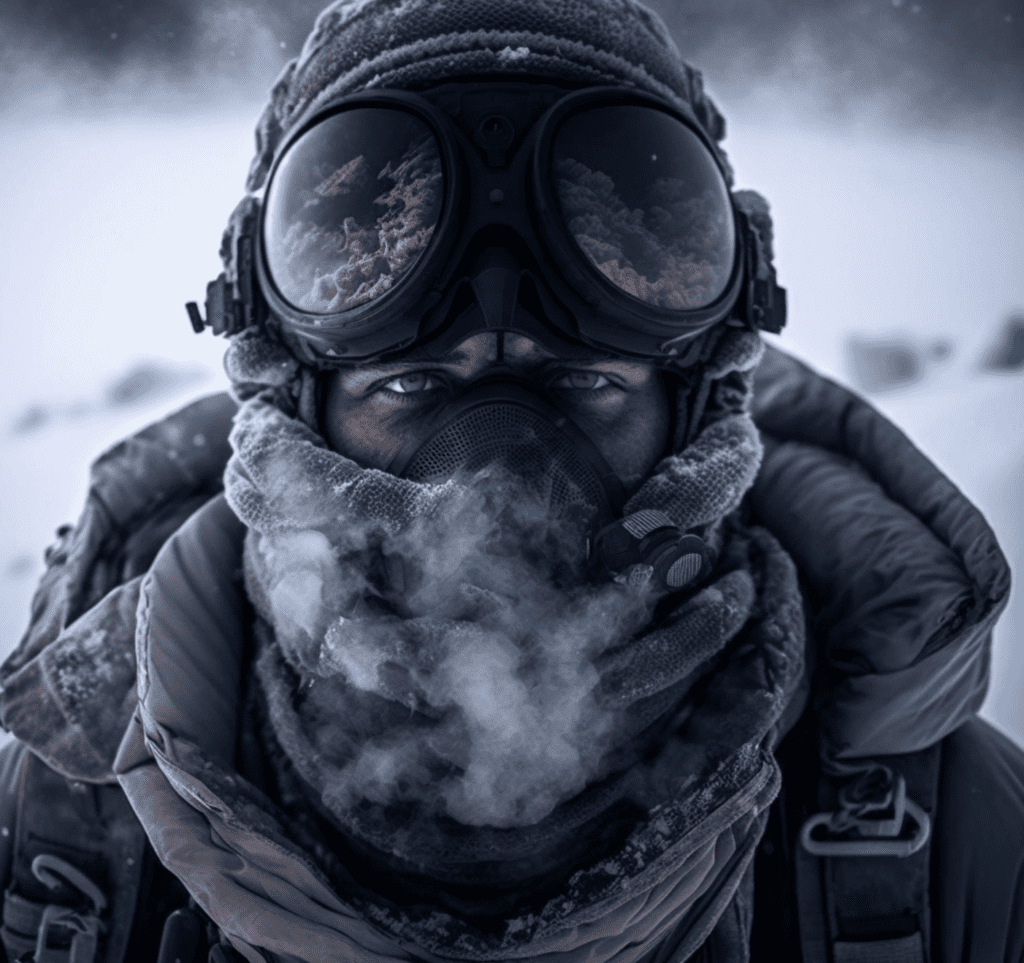
Because hypothermia can lead you to feel disoriented and tired, it can be difficult to traverse the weather conditions if you are affected by it. The possibility of having a heart attack is raised when the temperature is extremely low.
Even if you are not at your residence at the time, the power grid could fail, putting you in a dangerous position.
Every year, snow and blizzards are a fact of life for residents of the states located further north. On the other hand, even people living in warm states like Texas can be impacted by winter weather that comes out of nowhere.
When winter is getting closer, people hurry to the stores, only to discover that the essentials they require to get through the storm are sold out.
It is essential to maintain a supply of food that can be re-heated in a short amount of time, such as soups. In addition to that, you will require edible non-perishable food items. You should have supplies for the Sterno Stove that can be used indoors to heat food and warm beverages that will provide you warmth and comfort from the inside. You may use the Sterno Stove to heat food and warm beverages that can be used indoors.
You will also need to devise a strategy for defending your entryways, including your windows and doors. In order to insulate them, you can use thermal goods or bubble wrap. This may make it easier to prevent the cold from penetrating.
Your body can be kept warm by using a sleeping bag that is built for temperatures below freezing, and you can purchase a tent that can be set up indoors.
You might also purchase hand warmers that have a battery life of ten hours and can be turned on and off as needed.
You can put them in your shoe insoles or carry them in your pocket.
It is imperative that you have a generator in order to maintain your body temperature.
To heat your home, you might crank up a space heater or utilize a larger generator. All of these options are available to you.

If you have a fireplace, you should ensure that you have sufficient wood to keep you warm in the event that the power goes out. During the winter storms, you should also check to make sure that your vehicle has enough gas in it.
Even though it isn’t permitted, you are allowed to drive your car regardless.
If you really must travel there, you should steer clear of roadways that are icy or have black ice.
You should always carry a bag with you in your vehicle in case there is a sudden need for it.
If you are lost in the wilderness, having food, water, a backpack, and a way to communicate with others could save your life.
#2 – How to Survive Heat Waves
In spite of the fact that many people only contemplate a survival situation or a heat wave in the context of winter, extreme heat can lead to illness and even death. A heat wave has the potential to bring on a wide range of symptoms, from relatively minor discomfort to more serious disorders.
As a result of the heat and the lack of fluids in your body, you could feel a little bit dehydrated.
It’s possible that this will make you thirsty, but it also has the potential to sap your strength and make you lightheaded.

The more dangerous health condition that can be brought on by heat is known as heat stroke. If your body temperature climbs to 104 degrees, you could have symptoms such as nausea, dizziness, or something even more serious.
If you go out into the elements, you run the risk of getting severe sunburns.
If your skin starts blistering, you should get medical attention right away. The same goes for if you feel dizzy, confused, or even cold.
During periods of extreme heat, you should take measures to ensure that your home is as cool as possible.
Do not open or close the doors any further than necessary to allow for the circulation of cooler air.
By installing reflective insulation material, you may prevent the sun from warming the air inside your home while also keeping it cooler. Put on some loose, breathable clothing if you want to feel even more at ease.
Try to steer clear of activities that need you to be outside during the day.
They ought to be saved for the evenings or early mornings, when the heat of the sun isn’t as much of a burden, because those times are cooler.
A portable fan that can be utilized and has either a battery or a motor that can be recharged is a fantastic idea.
You can maintain the functionality of your device by charging it with solar energy, which can be purchased as a separate accessory.
You can also acquire compact air conditioners that are portable, and if your finances are flexible enough, you might be able to power them with a generator.
Staying hydrated is one of the most crucial things you can do to survive in extremely hot temperatures.
Consume a lot of water, and be sure to offer some to your animals as well.
#3 – Making It Through a Hurricane Safely
As we’ve seen, storms are capable of inflicting significant damage on urban areas and towns. The dangers associated with hurricanes can range from those posed by a Category 1 storm, which can produce winds of up to 95 miles per hour, to those posed by a Category 5 hurricane, which can produce winds of up to 157 miles per hour or more. They are capable of causing damage to the roof, the complete collapse of the home, and potentially even power outages that last for months.
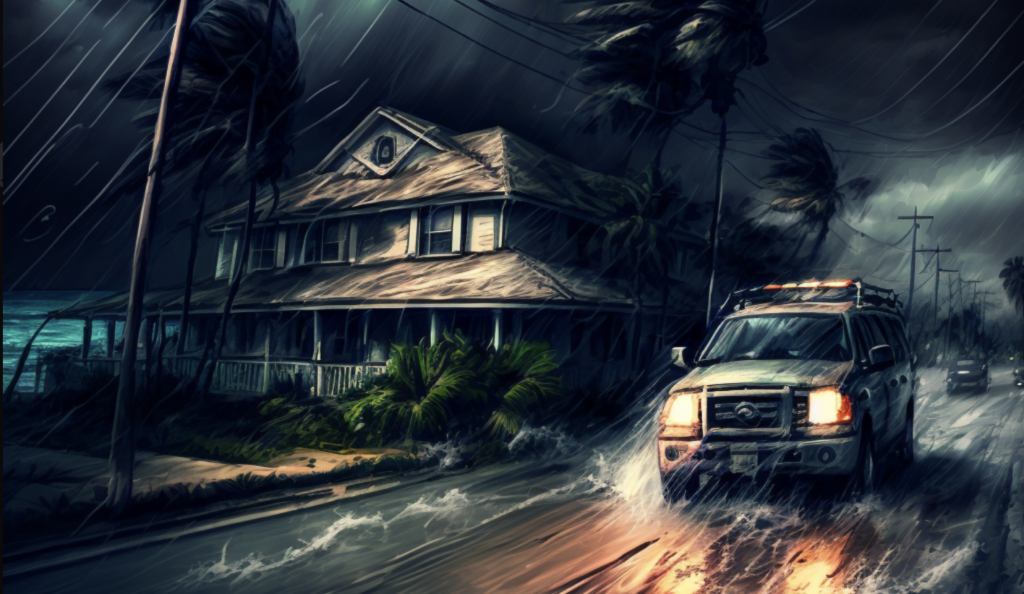
When a storm is in the area, it might be challenging to remain in one location. You are provided with a sufficient amount of warning in advance, which is a fortunate development. You need to ensure that you are ready for everything.
Hurricanes can also cause damage to your property due to strong winds.
During a hurricane, it is best to stay away from windows. Around the windows, there is the potential for flying glass and other debris. Do not let the calm weather convince you that your home is secure just because it is outside.
It is always a good idea to evacuate in order to preserve your life.
You will need to set some money aside in order to pay for a hotel room for the entire family, including the animals.
As soon as you realize that you may need to evacuate, you can begin compiling a list of pet-friendly hotels and making reservations for them.
If you intend to remain in your home throughout the storm, you should take precautions to safeguard it from storm surges.
You can acquire flood barriers that work in response to the presence of water and direct it away from your entrances.
You will need to ensure the cleanliness of your water supply and have methods available to filter it, just in case. In addition, you should stockpile some non-perishable food that is secure for consumption both during and after a hurricane.
For the sake of arranging an evacuation, cash is absolutely necessary. But, if you choose not to leave your location after the stores close and the power goes off, you might not be able to get it back on. In this scenario, the only way for you to purchase what you require is if you have cash on hand.
You should never leave the house without a flashlight.
You may buy lights that are inflatable and weatherproof and can be charged by solar energy if you want to.
These lights can be used to flash a distress signal to attract help.
It is essential to have a NOAA radio, and one that is waterproof is preferable.
In the event of a crisis, it is recommended that you keep a first aid kit on hand in the event that the emergency services are unable to reach you in time.
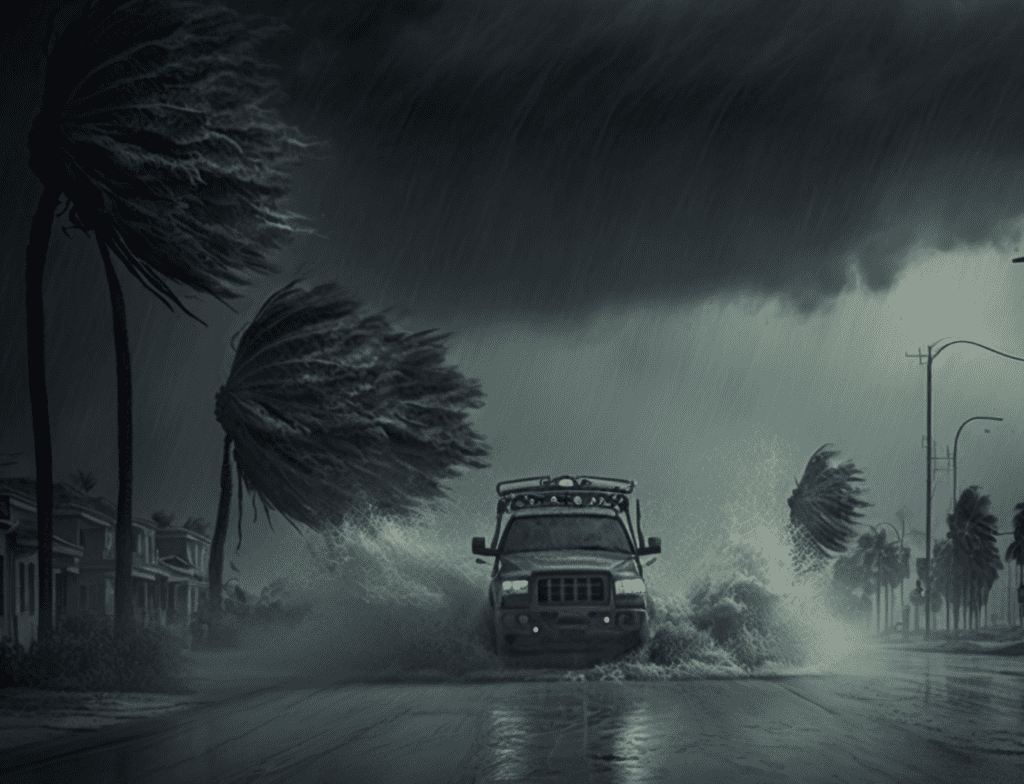
#4 – How to Prepare for and Survive a Flood or Tsunami
It makes no difference if you live in a region that is prone to flooding or if the water level is especially high if you need to be able to endure natural disasters. You need to be prepared.
It may take anywhere from a few minutes to a few hours for water to accumulate to the point where it causes flooding. Another possibility is that it was brought on by a tsunami. A powerful wave that strikes the ground with a destructive force in the aftermath of an earthquake or other land shift that occurs underwater is known as a tsunami.
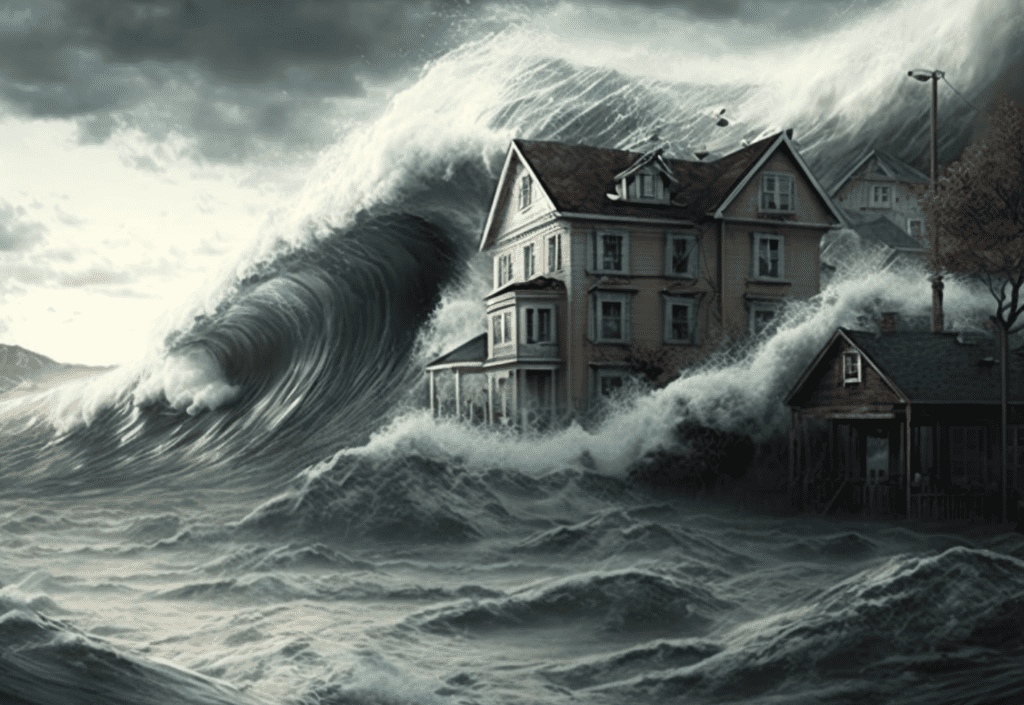
These water occurrences are capable of causing relatively small interruptions and damage, but they are also capable of causing significant loss of life and property. It is imperative to go to higher ground as quickly as possible and flee. You must avoid going through any regions where water is spreading at all costs.
If you reside in a region that is experiencing this kind of water crisis, it is possible that you will not have access to clean water.
In order to make it through this ordeal, you ought to have water filtration tools as well as extra water on hand.
If your vehicle becomes submerged in water during a flash flood and you are trapped inside of it, you should attempt to free yourself by breaking a window and climbing out. After you have scaled to the highest point of the car’s roof, you will be in a position to secure yourself to something stable, such as a tree or another object.
If you are in a region where a tsunami could potentially inflict harm, you need to be on the lookout for warning indications that one is approaching.
Finding seashells at the beach may not be the ideal activity to engage in at the moment.
You need to get to higher ground and move further inland as quickly as possible.
Do not sit around and wait to see the tsunami hit. You won’t have time to get away from it since it will be traveling very quickly, and even if you do, you won’t be able to avoid being caught by it. If you find yourself in the water, grab onto some debris to help you remain afloat.
#5 – The Severe Damages that a Drought can Cause if You Aren’t Prepared
Those who have been through a drought are aware of the dangers involved, in spite of the fact that many people underestimate the potential damage that a drought might inflict to a particular region. When there is a lack of rainfall over an extended period of time.
It’s possible that your region won’t have any water.
This can result in the damage of local crops in addition to pulmonary issues and allergic reactions.
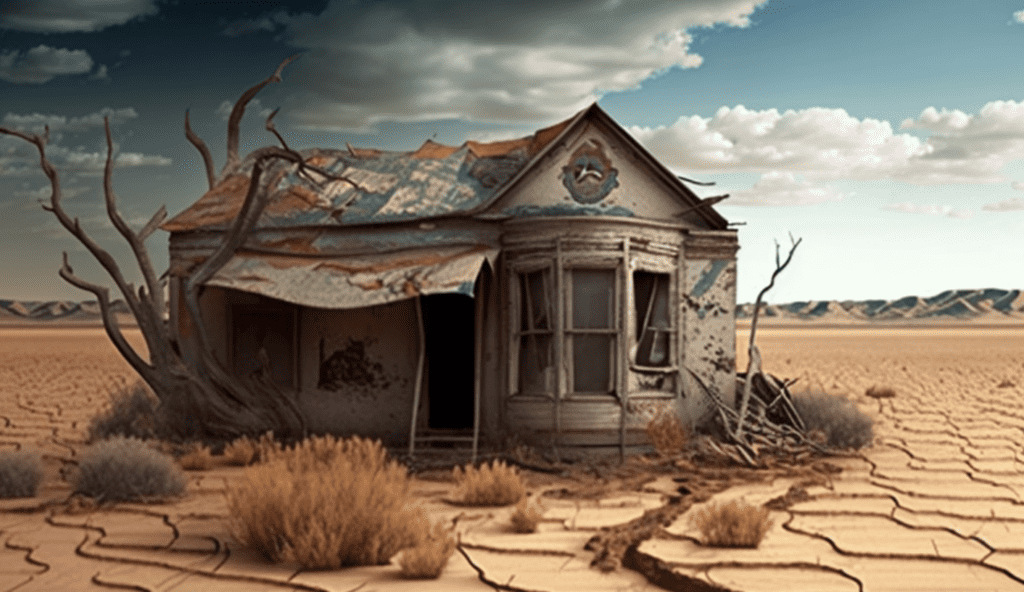
During times of drought, it may be difficult for you to cultivate your veggies or raise animals as a means of subsistence. It is also possible for it to destroy the foundation of your home.
Since the dust bowl of the 1920s and 1940s, we have not been subjected to droughts that have lasted for decades.
Nonetheless, droughts have the potential to do more damage in some locations.
The state that is most negatively impacted is California. Yet, Arizona and Texas are both subject to droughts on occasion as well. If the drought continues for an extended period of time, it could lead to serious health issues, such as starvation or disease.
If you want to prevent water from going to waste, you should try to cut back on how much you use of it.
You are able to accomplish this goal by ensuring that there are no leaks in your plumbing system and by purchasing toilets and appliances that use less water.
Equipment for collecting rainwater is an absolute necessity. Be sure to stock up on it whenever you have the opportunity to ensure that you have access to water at all times. Even if it’s difficult, you should try your best to always have some water on hand. Storing enough water for several months or years can be challenging. Tabs for purifying water are also available for purchase in case you are forced to drink water from a stagnant source.
#6 – The Most Important Tornado Survival Preparations That You Need
You can receive some warnings about possible extreme weather conditions that could lead to tornadoes, but you cannot anticipate the exact position of a tornado or how violent it will be. Nor can you predict how severe a tornado will be.
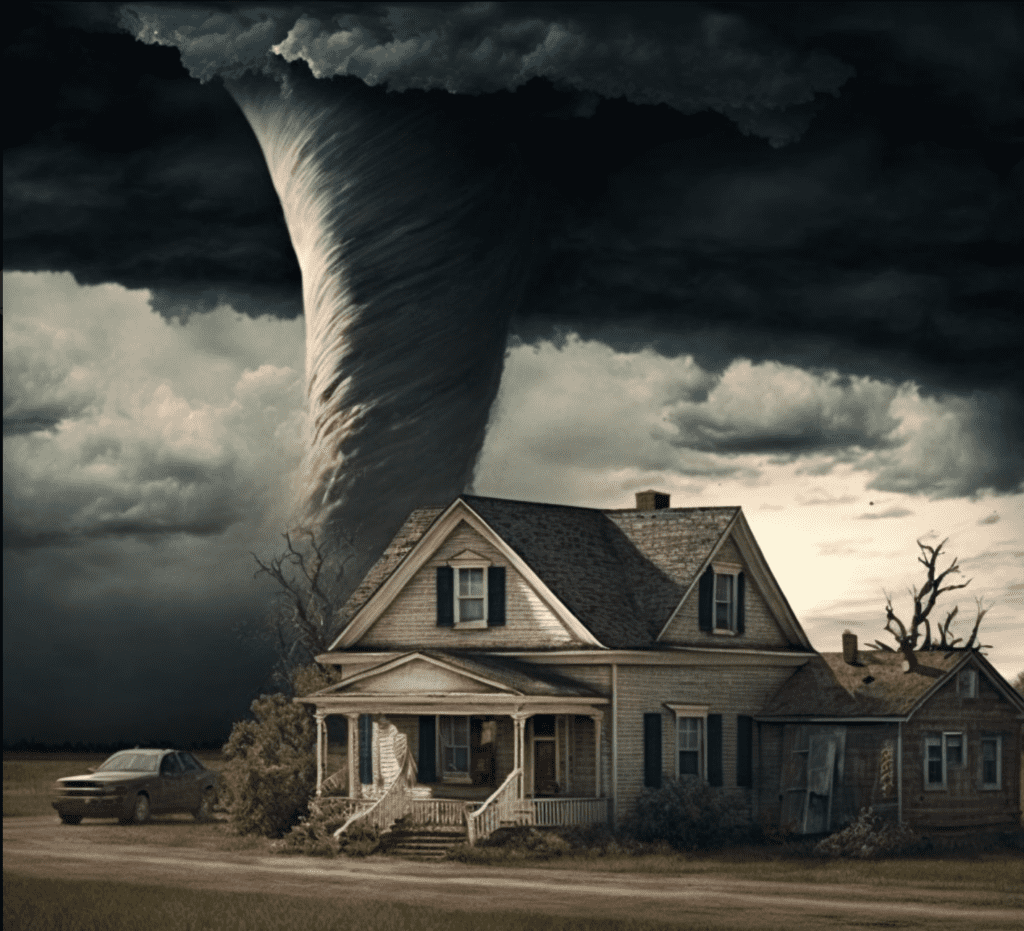
It’s possible that you have enough time to relocate to a different area. The majority of people will remain in their current locations and make preparations for this possibility. If you reside in an area that has a high risk of being totally wiped out by a tornado, you should seriously consider shifting to a structure that offers a higher level of protection.
You run the risk of being struck by strong winds and debris, both of which have the potential to lift you up and then throw you away to another location.
If you own a home and have the financial means to do so, you should have a safe room or tornado shelter built inside it.
If you pay attention to the news and the weather forecasts, you will be able to determine when it is necessary to use the shelter.
You can also keep an eye out for tornado sirens that are issued by the government in your area.
You might be able to avoid spending money on a tornado shelter altogether by renting out a portion of your property, such as a basement or a room. It is inappropriate for you to be on the second story of your home.
It is preferable to get out of your vehicle and lie down in a ditch rather than risk having the tornado pick up your vehicle and throw it somewhere else.
In the case that you are unable to exit the vehicle, keep your head bowed and a cloth or blanket over your face to prevent any glass from shattering.
The majority of tornadoes dissipate in a matter of minutes.
On the other hand, a single region can be struck by more than one tornado at a time.
Because these tornadoes typically strike during the night, you should ensure that you have anything that allows you to see in order to avoid being injured by flying debris.
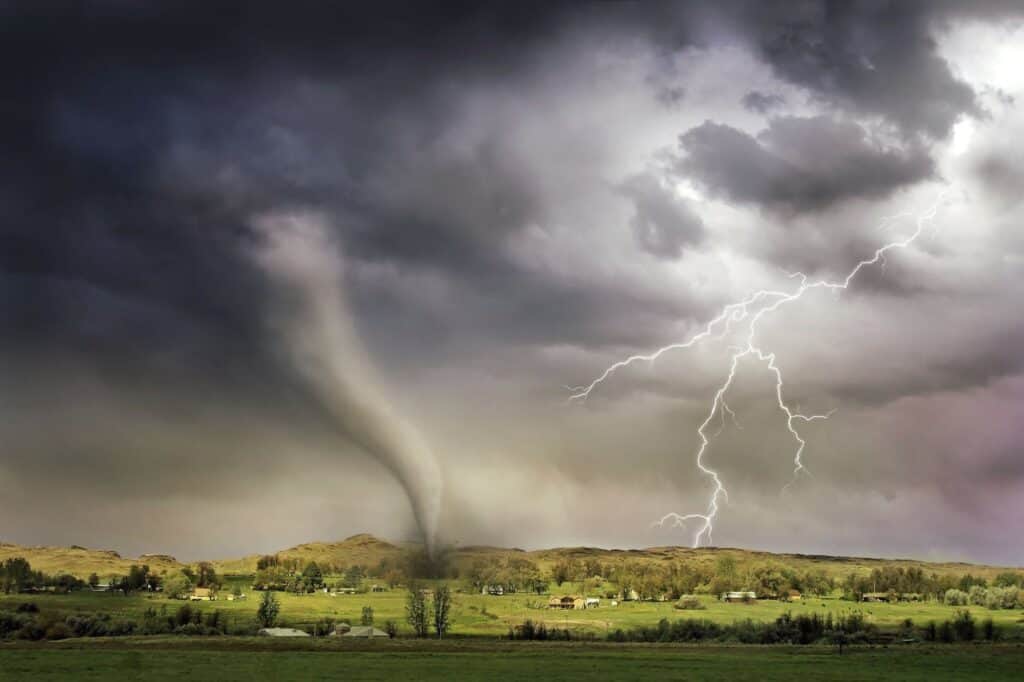
Depending on the conditions outside, you might require a survival kit in order to make it through the night safely. You should bring a selection of different sleeping bags and blankets with you.
#7 – How to Survive a Wildfire Event
People have a tendency to attribute wildfires to human activity, which is generally accurate. But not all the time. Lightning is responsible for causing some of them. The circumstances of the land around a wildfire are a natural hazard that must be taken into account.
If there is a drought in a location and the ground that surrounds it is dry and overgrown, then a lightning strike or another event could use those conditions to ignite an out-of-control fire that offers a significant risk to you and your home.
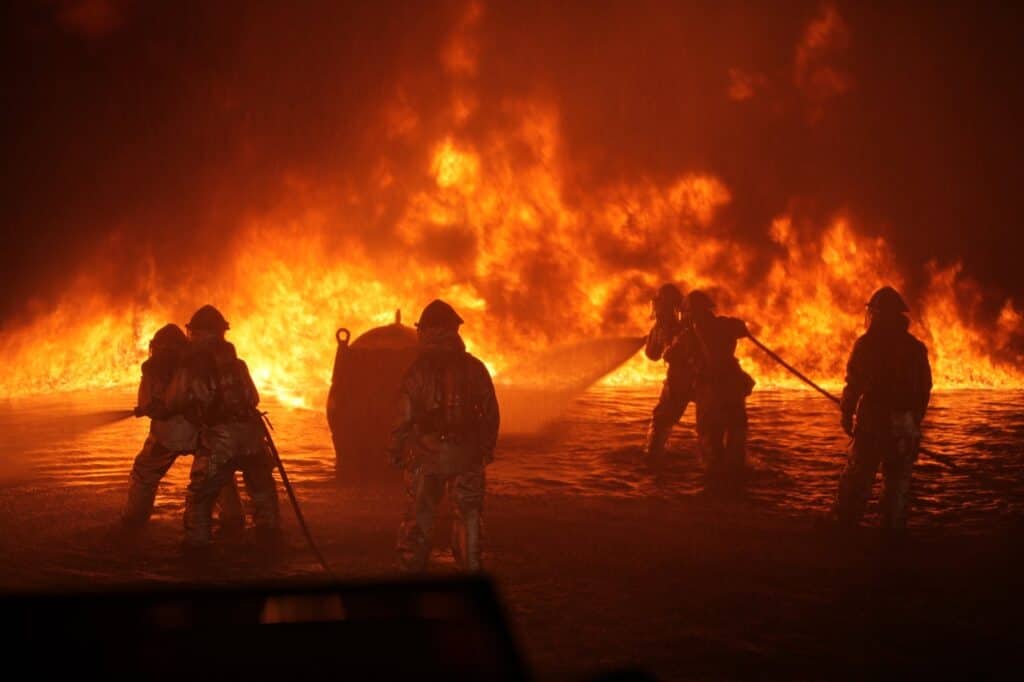
Individuals are frequently urged to leave, but they choose to remain and attempt to put out the fire on their own instead. It is not a good idea to do this because, even if you have a car and think that you can leave the situation if it becomes too terrible, many people have been killed while trying to drive through wildfires and have become caught in the process.
In the event that you find yourself stuck inside your house with no way out, make sure you have a fire extinguisher on hand and quickly fill a bathtub with water (and your sinks, too). Inform emergency authorities of your location, and follow the same safety precautions you would take in the event of a tornado: remain away from windows and doors.
To further prevent smoke from entering your space, wet a few pieces of clothing or towels and then place them beneath the door. You should always keep a flashlight on hand in case you lose power and find yourself in a situation where you need to see or communicate with others for assistance.
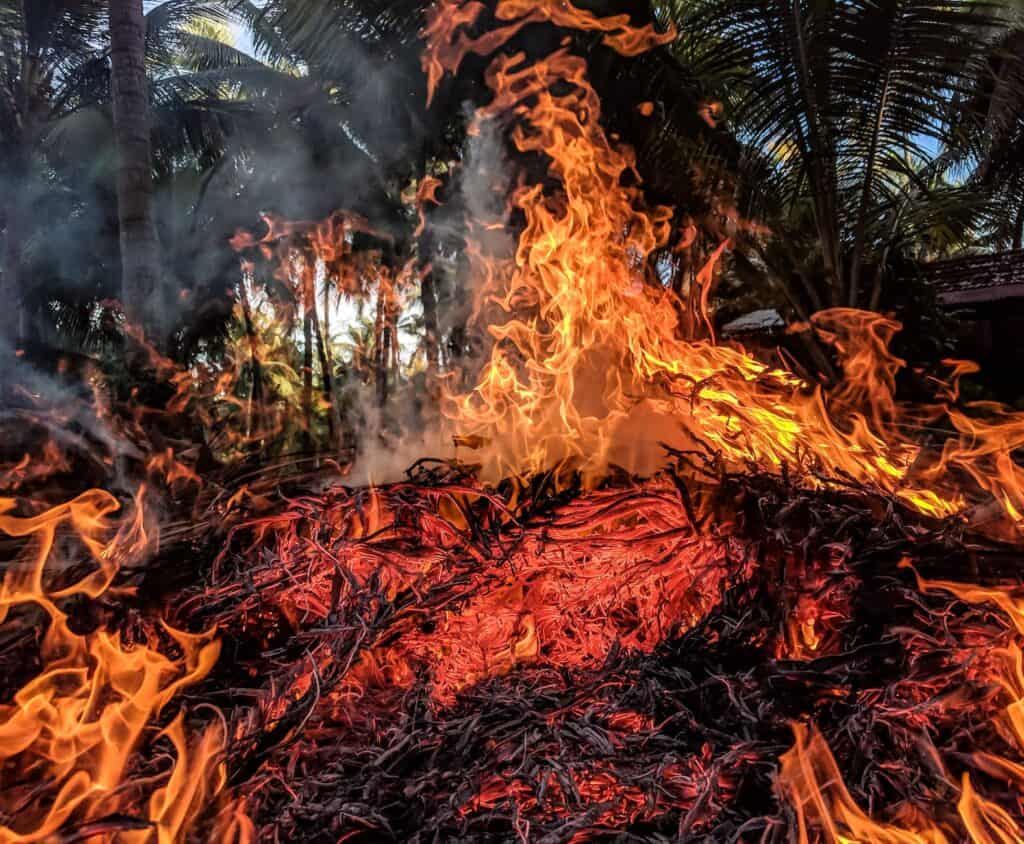
If you do have time to prepare and plan, you can drench the outside of your house and yard with water from a hose or sprinkler if you have it. Make cautious to turn off any gas and move any propane at least a safe distance away from your house.
If you reside in an area that is prone to being threatened by wildfires, you should ensure that you have masks that will assist you in breathing. You should also ensure that your first aid box contains some bandages and burn ointment, and that you have more than one means of evacuating your property and reaching a place of safety that you are familiar with or have access to.
Wildfires are fires that are not regulated or controlled in any way, and they are fueled by vegetation. They are capable of rapidly expanding over enormous areas.
Being prepared is the single most critical thing you can do to survive a wildfire. It would be in your best interest to have the essential resources on hand, such as emergency food and water rations, first-aid kits, flashlights, and communication devices. If you do not have these things, the situation might become dangerous.
Locating areas in and around your property that present a potential fire hazard is another essential step to take. This could consist of tall grass, brittle brush, or trees. It is possible that you may need to clear these regions so that the fire is unable to quickly spread from one location to another.
Maintain as much composure and silence as you can in the event that a wildfire is moving closer to your home or if you are in an area from where it is difficult to flee. You’ll be able to avoid taking in an excessive amount of smoke this way, which will also make you more visible to the flames.
If you are in a situation in which you may safely evacuate, you should do so as fast and as quietly as you can. You might wish to make an effort to protect your home if it is not in an especially hazardous location or if it has not already been fully consumed by a wildfire in the past.
During a wildfire occurrence, staying informed about any developments is the single most crucial thing that can be done. You should be keeping up with the latest information from official sources such as fire departments and listening to the news and weather forecasts from your local area.
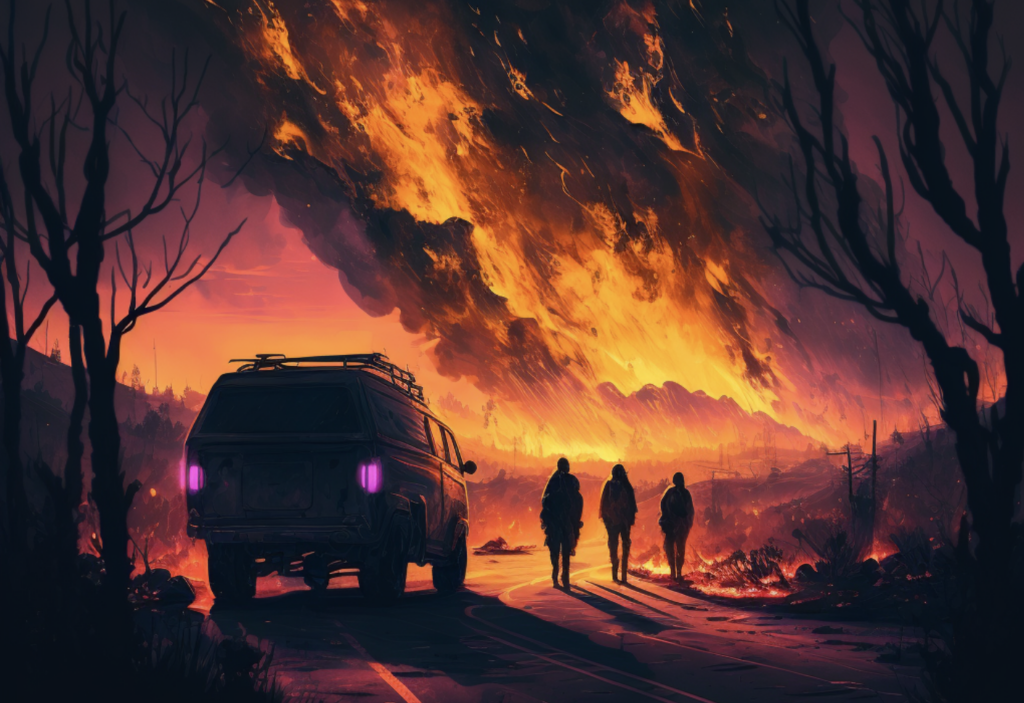
If you are hurt while fighting a wildfire or if your physical health has been harmed in any other way, you may require medical aid and will need to seek it out. If you are going through a difficult time emotionally, you might find it helpful to consult with a trained counselor who specializes in mental health.
It is essential to have a strategy in place for your neighborhood or family in the event that a wildfire of significant proportions breaks out. Among these measures are the organization of an evacuation route and staging areas, the establishment of emergency shelters, and the preparation of communication channels in advance.
The force and devastation that flames are capable of causing should always be respected, just as they should be with any other natural disaster. Recognize the emotions that are associated with the occurrence, and make an effort to seek support from members of your family or close friends at this challenging period. If you are having a difficult time emotionally as a result of the wildfire, you may want to think about seeing a professional counselor.
Your chances of being affected by a wildfire can be considerably reduced with the right amount of preparedness and planning. You may help secure a safe conclusion for yourself and those around you by cooperating with the authorities in your area, determining the fire hazards in your neighborhood, and adopting the right safety procedures.
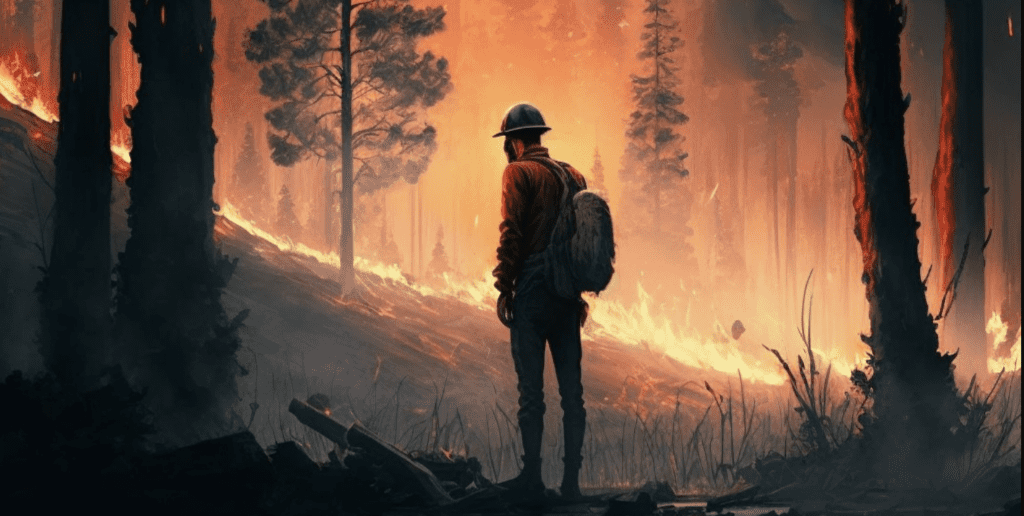
#8 – Tips to Survive an Asteroid/Meteor Strike
There have been a lot of movies made about big asteroids and meteors crashing into the earth and posing a threat to human civilization. Even if anything like this could happen at any time, it is much more likely that smaller meteors or asteroids will have an impact that is less catastrophic.
In a circumstance like this, refuge will be your most reliable ally.
It is essential to have walls that are sturdy enough to resist the impact of the blow.
In a climate that makes it difficult to grow food, you will need a significant amount of food, water, and other resources to keep you alive for a significant amount of time.

It is important to keep in mind that water covers the vast majority of the earth’s surface. This is the location that is most likely to be struck by an asteroid, meteor, or other spacecraft. This also suggests that there is a good chance that an impact may create a tsunami.
You feel that living further inland is the best way to protect yourself against this.
It is in your best interest to remain current on any probable collision forecasts that may have been made by scientists and other professionals.
If you have the financial means, purchasing a bunker or some other kind of structure that is able to survive such a significant level of damage is an excellent investment.
This kind of predicament can be beaten if adequate supplies of food and water are assembled, in addition to a strong defensive structure.

#9 – Preparing for an Earthquake and How to Prepare
Geologists are sounding the alarm about the prospect of a major earthquake occurring in California. The region is hit by earthquakes on an annual basis.
This takes place whenever there is a change in the earth’s tectonic plates. It has the potential to bring down buildings or render them dangerous. You should prepare an emergency kit just like you would for any other type of natural disaster. If you are going to be on your own, it ought to have the food and water you will need, as well as a torch and any other necessities.
You can be required to leave the region if your building is hazardous to occupy or if there is a high probability of other earthquakes in the near future. If you are in a region that is experiencing earthquakes, you should take precautions to protect your head from any things that may fall.
The advice of the professionals is that you should remain in the room that you are in during an earthquake, despite the fact that many people hold the belief that you should leave the building in the event of an earthquake.
Be away from anything made of glass that could shatter and big objects that could topple over.

If you are traveling by car, you must remember to park your vehicle in a designated parking spot at all times. There is no safe distance from the potential danger posed by downed power lines, which can occur anywhere.
You will need to tune your radio to the emergency radio stations in order to hear critical safety information or instructions about where to go.
#10 – What a Volcano Expansion Could Do to Cause Destruction
Volcanoes can be found in a wide variety of locations, but not all of them are as active or explosive as others. In most cases, experts will be able to predict when a volcano will erupt and will give you sufficient time to leave the area.
This does not hold true in all situations.
When you are in a location that is experiencing volcanic eruptions, you should be very careful about how you breathe.
The ash that comes down from a great height can have a detrimental effect on one’s health.
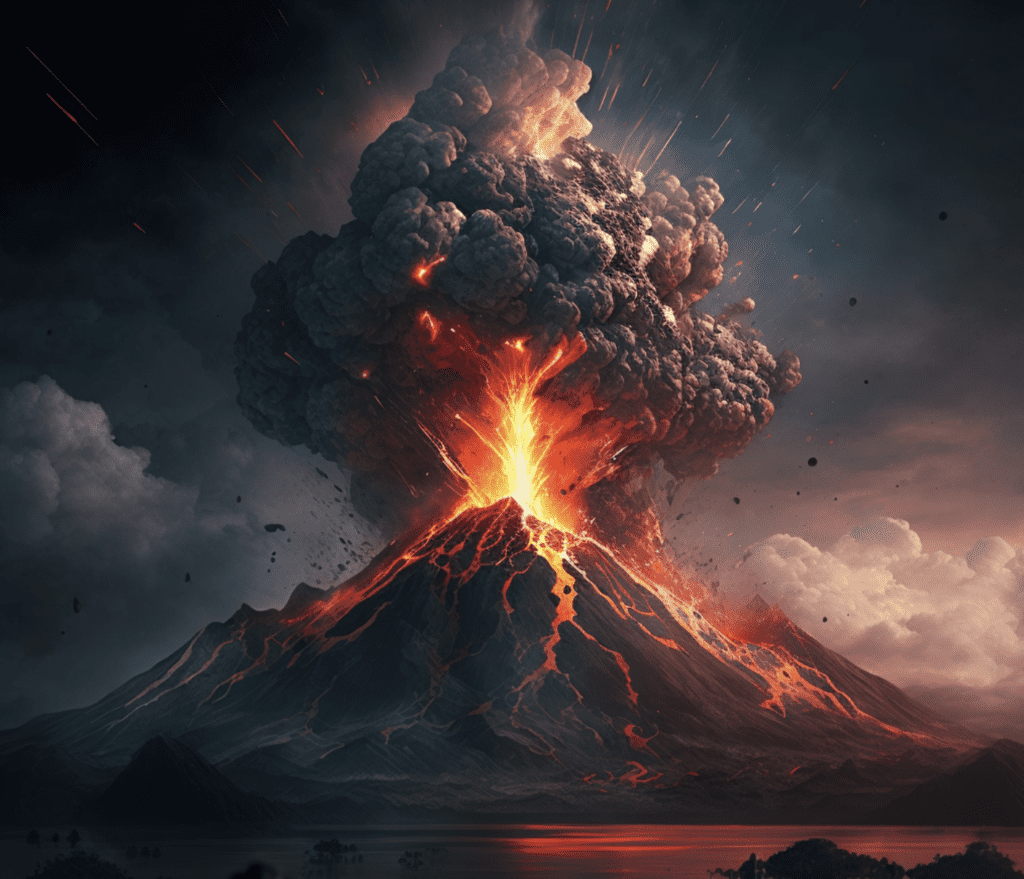
Your home is in danger if it was not built to withstand the massive ash and lava flows that could potentially reach it if it is located near a volcano and it was not constructed to do so.
Be sure to comply with any and all evacuation orders given to you by authorized government personnel in order to prevent becoming trapped in potentially hazardous situations.
If you find yourself in the line of a volcanic explosion, you should seek cover as soon as possible.
If you want to clean the windows of your automobile, you might need some additional cleaning supplies.
#11 – 3 Earth Shifts that You Need to Be Ready For
We have previously gone over the topic of tsunamis, which can be caused by earthquakes or movements under the water. There are also land-based shifts on the surface of the Earth, which might lead to severe survival circumstances if you are not prepared for them.
A land slide, a flood, and an avalanche are all examples of these natural disasters.
A landslide is a type of land slide that occurs when the entire top of the Earth slides down onto anything that is located below it.
A mudslide operates in the same manner as a rock slide, with the exception that a sliding block of clay or mud, which is flowing downhill almost as quickly as molten lava, replaces the dry rocks or debris that would normally be there.
An avalanche is quite similar to a rock or mud slide, with the exception that an enormous block of snow begins to crumble and flow downward, covering everything it comes into contact with.
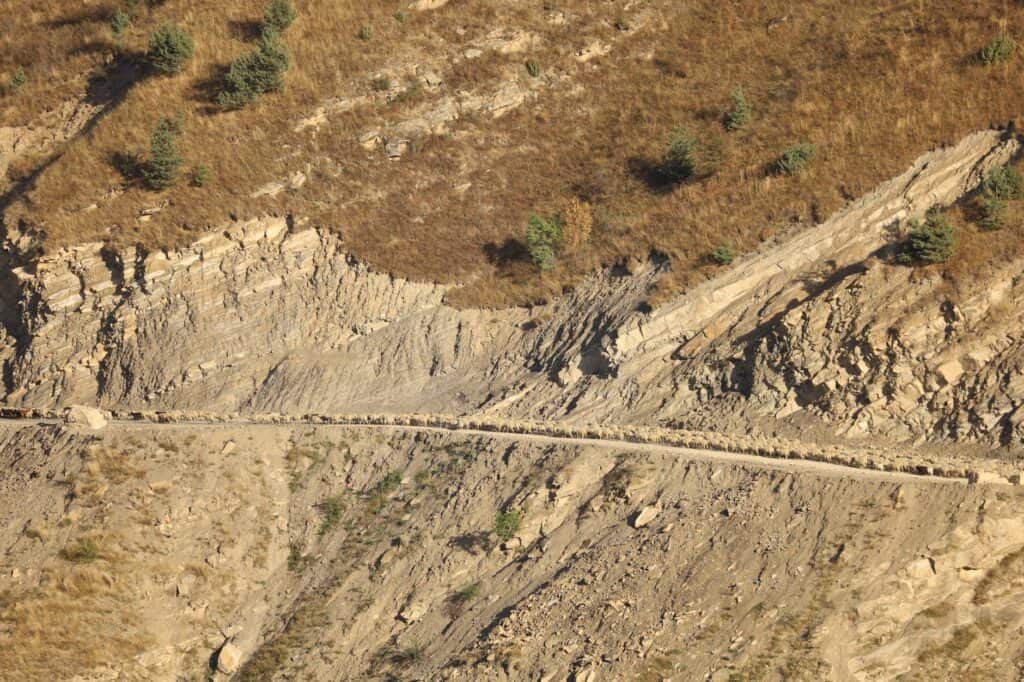
Be alert for the typical warning signs that accompany landslides if you happen to reside in a region that is prone to them. It’s possible that you’ll discover shifting foundations or water issues on your property that you were previously unaware of.
There will be occasions when you are able to hear the beginning of a landslide. It may start out mildly but eventually progress to a more severe state. If you reside in a region that is prone to landslides and mudslides, you should make sure that your notification settings are set correctly.
There is no comparison between tornadoes and tsunamis and landslides. To go to the second level of your house, you will have to ascend several steps that are located on higher ground. In the event that you become trapped in a landslide, remember to keep debris and rocks away from your head.
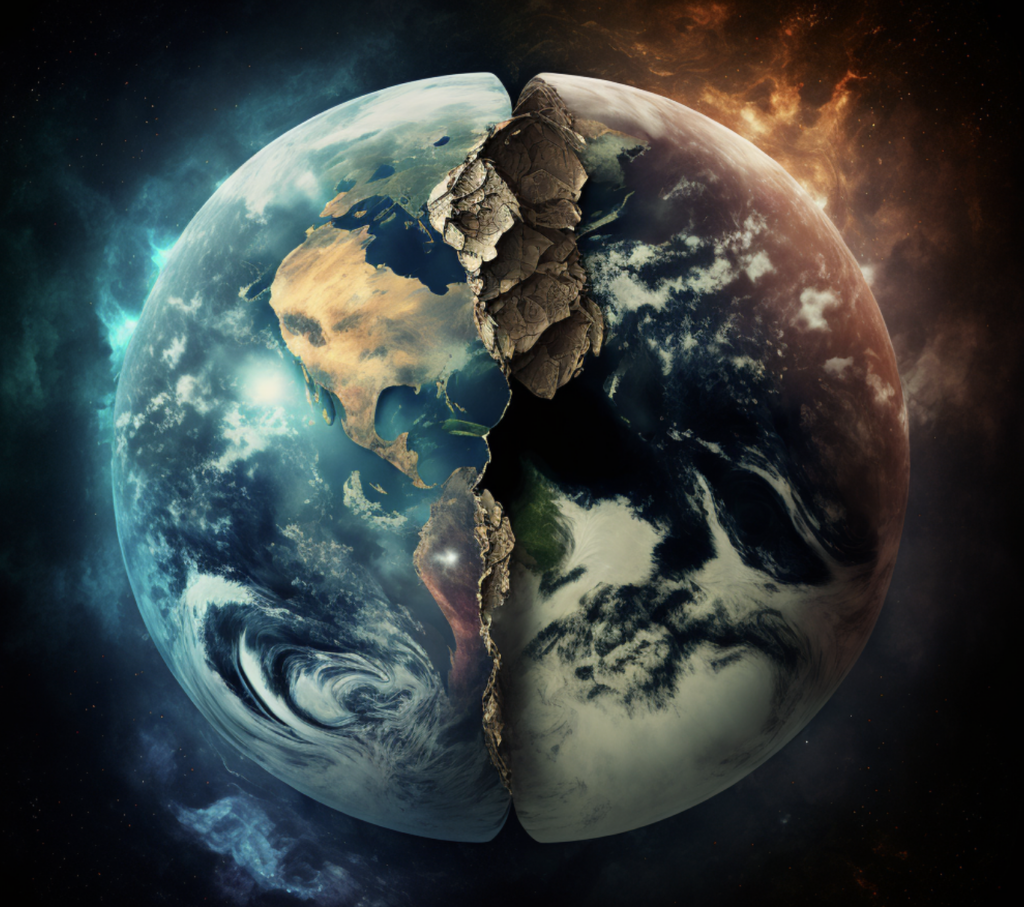
A lot of people who get buried in an avalanche like to go outside and participate in snow sports. If you want to avoid getting stuck in the thickest snow, you should make an effort to cross over to the opposite side of the avalanche.
In the event that you are buried by an avalanche, make sure that your arm does not go up.
The worst possible outcome would be to be buried by an avalanche.
You need to make sure that there is sufficient room between your chest and your face in order to have unrestricted breathing and avoid the sensation of being suffocated or crushed.
In the event that you become buried in an avalanche, you should always have a beacon with you.
#12 – How to Survive Sand and Hail Storms, and Minimize Damage
Dust storms, sometimes known as sandstorms, can produce significant quantities of dust particles, which can be harmful to a person’s health, despite the fact that it may not appear to be particularly hazardous. Being caught in a storm while driving is something that should be avoided at all costs.
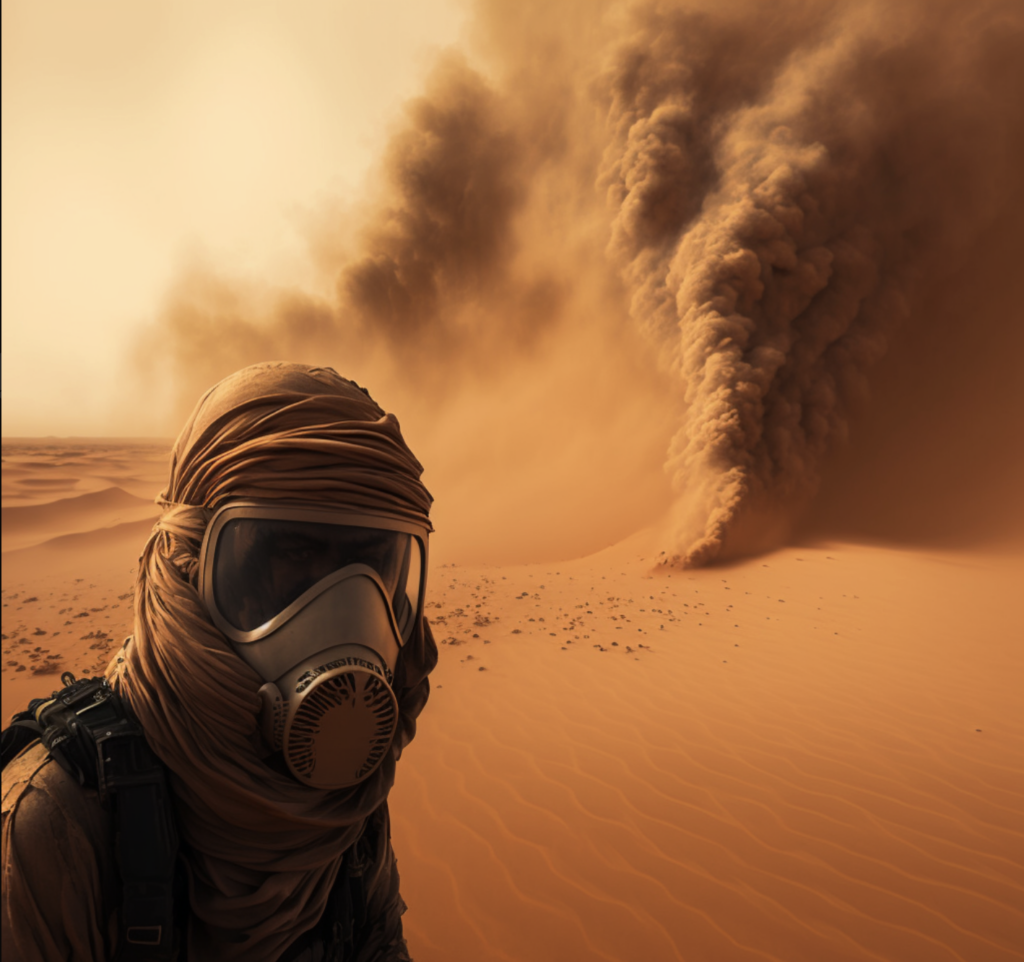
Being outside when there is a sandstorm may be an extremely nerve-wracking experience. People aren’t accustomed to having a sandstorm hit them from behind like this. If you are in a region that is prone to sandstorms, you should always have a mask with you. This will make it easier for you to breathe and also shield your face from the elements.
You can either take refuge inside if you have the ability to do so, or you can stand behind something to protect yourself from getting hit by the falling sand.
When you are inside your house, you should check to see that all of the doors and windows are locked.
Hailstorms have the potential to be unexpected natural disasters.
These ice balls can range in size from tiny pebbles to that of a softball and are dangerous since they can damage your property and perhaps cause severe injuries.
The greatest way to ensure your safety during a hailstorm is to seek cover as soon as you possibly can.
Due to the fact that hail can sometimes be rather huge, you should stay away from any windows that could break or create flying glass.
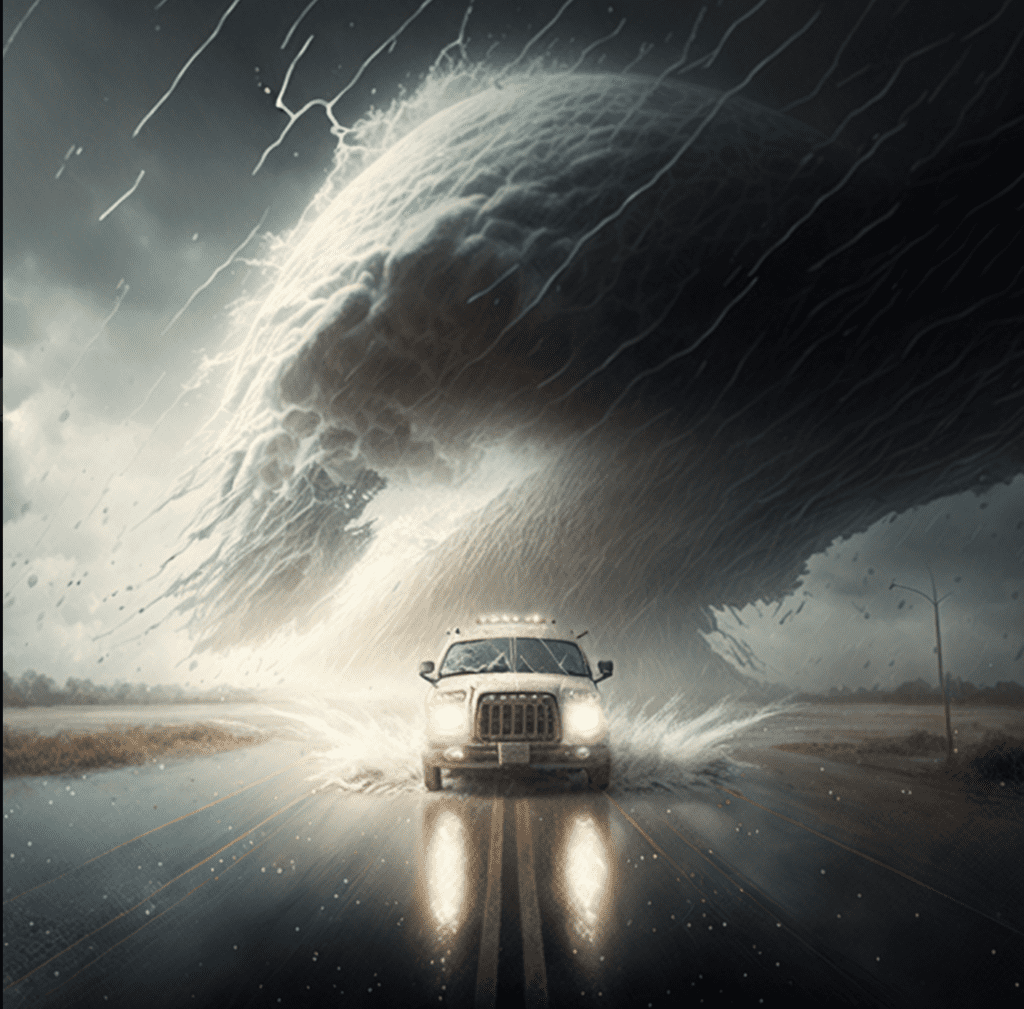
The most significant issue that hail presents is property damage. Your car and its roof are both susceptible to harm if hail falls on them. You may protect your automobile from hail by purchasing hail-resistant covers for it, but you should also make sure you have adequate insurance to cover any damage that may occur to your roof.
#13 – You Can Make Survival Preparations for a Solar Flare Event
When it comes to matters of survival, solar power is frequently among the best available options. Investing in solar-powered equipment is an excellent method to ensure that you always have access to a dependable supply of energy for charging your electronic devices.
There is a possibility that exposure to sunlight could endanger your life.
A tremendous outburst of radiation from the surface of the sun is known as a solar flare.
It could persist for a few minutes, a few hours, or perhaps much longer.
It’s a good thing that our atmosphere is shielded from the majority of the sun’s CMEs.
On the other hand, technology is not as robust as you might believe it is when it comes to withstanding the consequences that can be caused by a solar flare.
Solar storms can be foreseen and forecasted in advance, but this does not prevent them from causing significant damage to electronics and the infrastructure.
You should consider purchasing a comprehensive surge protector for your home.

The most effective strategy to get ready for a survival crisis caused by a solar flare is to make sure that you are ready to go without electricity for an extended amount of time. You may get ready for the possibility of a solar flare by stocking up on all of the supplies you will require to make it through an extended period of time without access to energy.
Check that you have sufficient amounts of water and food that will not spoil.
Be ready to defend your loved ones and your home from any potential intruders who may be attempting to steal goods.
Conclusion
It is crucial to take the required precautions to protect yourself and your family during catastrophic events such as tornadoes, tsunamis, and avalanches. When caught in an avalanche, outdoor snow sports should always be avoided since you should strive to cross instead of swimming or struggling.

A beacon should also always be carried just in case, and you should always leave enough space between your chest and your face so that you may breathe comfortably without feeling confined. Even though dust storms might be frightening and hazardous, you can survive them if you are ready. When in a location where dust storms are frequent, be sure to have a mask on hand and protect yourself from any flying sand or debris.
Finally, solar flares have the potential to be catastrophic and seriously harm the grid as well as your electronic equipment. It is crucial to take the essential precautions to withstand a powerful solar storm, such as purchasing all the required supplies for life without electricity. Do you have any other advice on surviving natural calamities? Please let us know by leaving a comment below.
It is crucial to be ready for natural disasters wherever you reside, work, or visit.
Stocking up on necessities, understanding how to get through it if you find yourself in one, and keeping an eye out for news and predictions about potential events can all help you prepare for or prevent them.














